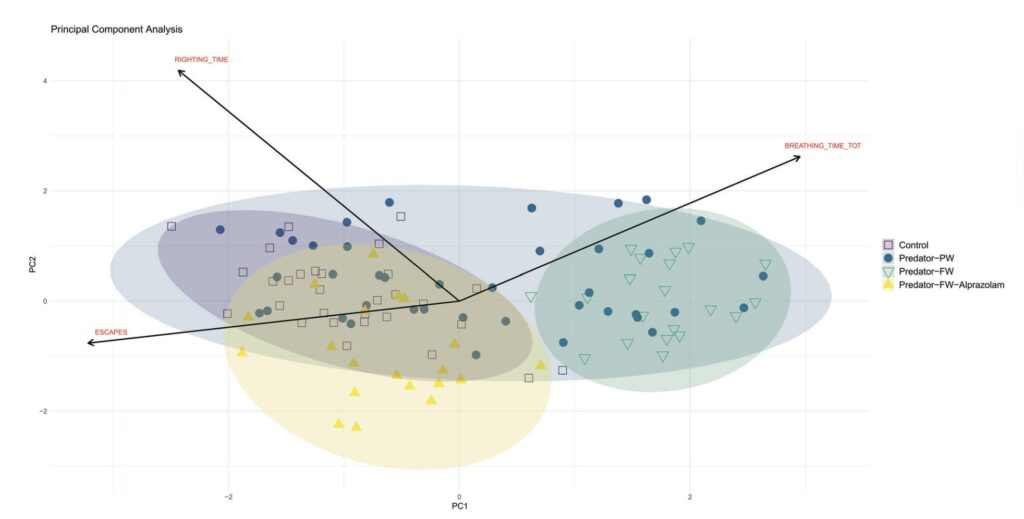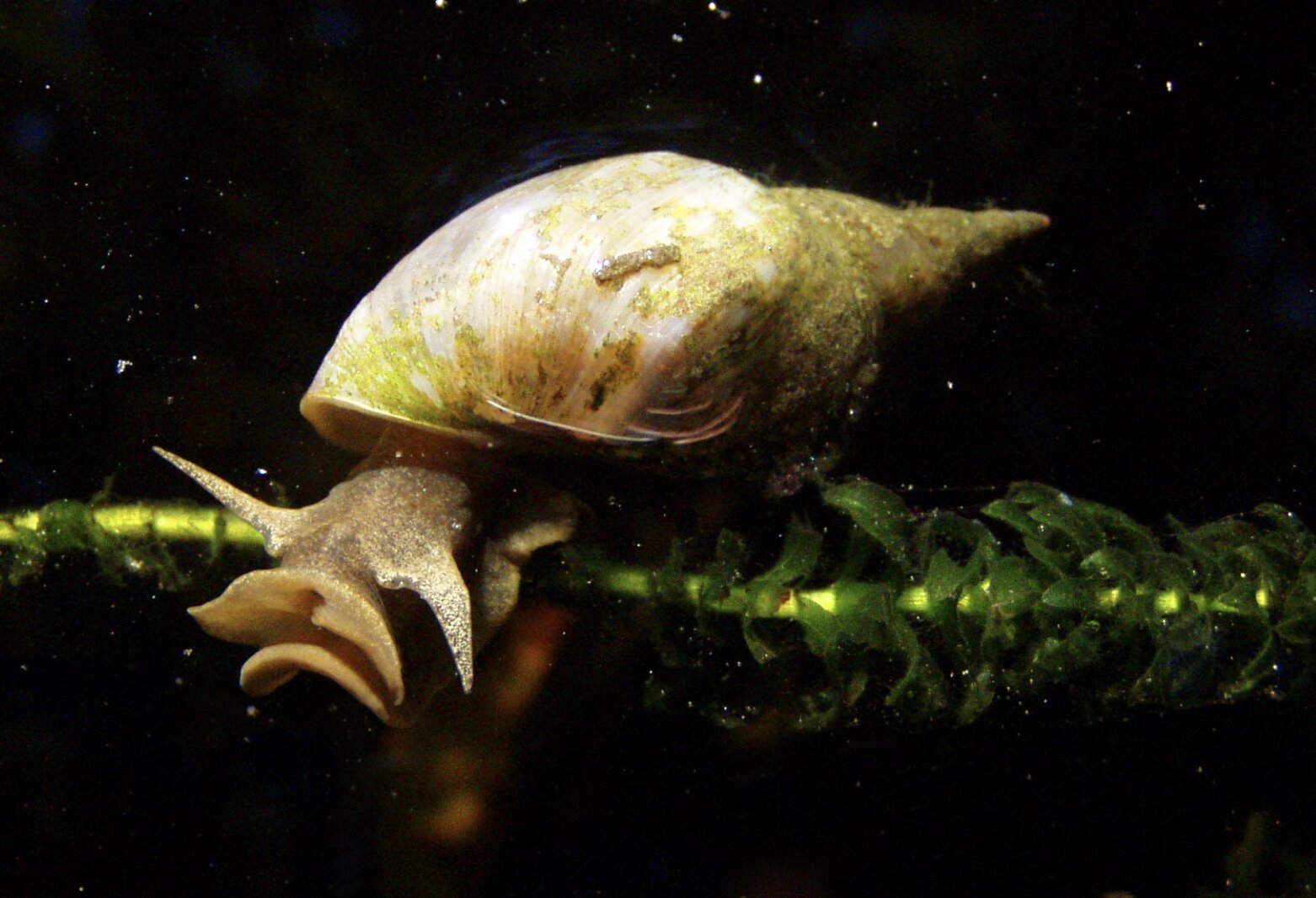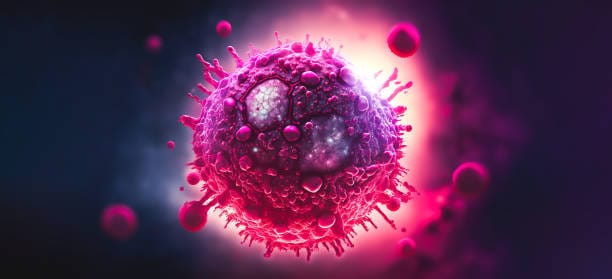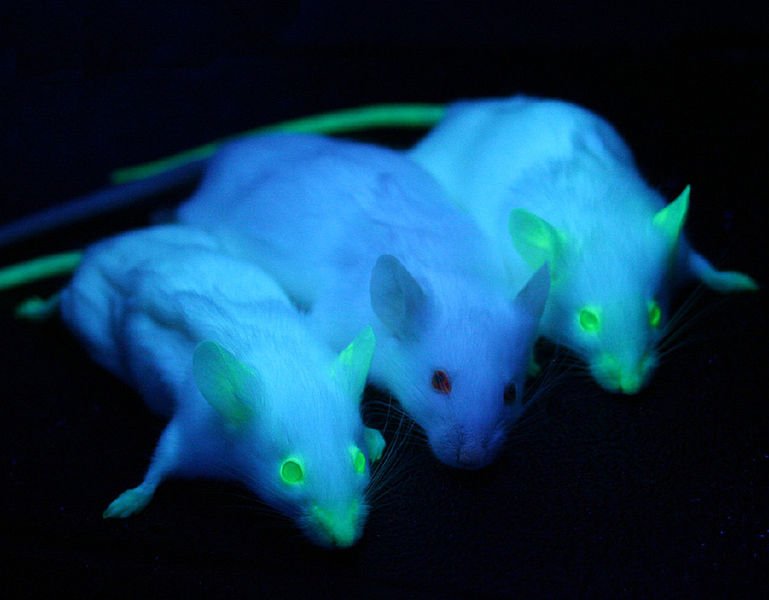It’s not the kind of creature most people think of when discussing fear. The great pond snail, Lymnaea stagnalis, glides slowly through shallow waters, seeming almost oblivious to the world around it. But new research suggests that inside this humble mollusk may lie the keys to a much older, deeper truth about the nature of anxiety.
A team of scientists at the University of Modena and Reggio Emilia, along with collaborators from other institutes, has uncovered evidence that even these tiny, boneless animals can experience something strikingly similar to human anxiety. Their findings, recently published in Translational Psychiatry, are not only fascinating—they could radically reshape our understanding of how anxiety evolved and how we treat it today.
Ancient Instincts in a Modern Lab
Anxiety is often described as a uniquely human affliction, or at least one confined to the complex minds of mammals. We experience it as that tightening in the chest, that spike of adrenaline, that sense of watching the future with dread. It’s a psychological warning system—one that helped our ancestors avoid predators and prepare for uncertainty.
But the great pond snail? Its soft, slow-moving body has no vertebral column, no brain as we know it, no facial expressions to betray fear. Yet in carefully designed experiments, researchers found that these snails behave in ways eerily reminiscent of anxious humans.
The trigger? Fish water.
No, not fish. Just the water where fish had recently been. For a snail, that scent signals danger. Fish eat snails. Even the distant trace of their presence sends pond snails into a state of heightened vigilance.
“We demonstrate that after being exposed to fish water, pond snails exhibit a series of sustained fear responses,” wrote lead authors Veronica Rivi and Pierfrancesco Sarti. “These include increased aerial respiration, changes in righting behavior, and reduced escape responses.”
Fear That Lingers After the Danger Is Gone
What makes this more than a simple reflex is that the behavior continues after the threat has vanished. The snails breathe more frequently by surfacing, a survival instinct triggered by alarm. They also take longer to right themselves when flipped—a behavior that could be interpreted as indecision, hesitation, or even cognitive overload. These subtle but measurable signs point to something deeper: a mental state that outlasts the stimulus. In other words, not just fear—but anxiety.
To test this further, the scientists added an element of choice. They exposed snails to fish water while also offering a tempting reward: a piece of carrot, something snails normally find irresistible. But instead of rushing to feed, the snails avoided the carrot. Over time, the once-appetizing smell of food became a cue for danger.
This process—known as configural learning—shows an animal associating two unrelated cues (fish and food) in a way that suggests emotional memory. What’s more, the memory persisted. The snails were learning through fear.
Anxiety, Memory, and the Power of a Tiny Pill
Then came a fascinating twist. Could anxiety in snails be treated? The researchers introduced alprazolam—a drug better known by its brand name, Xanax.
When snails were pre-treated with alprazolam and then exposed to fish water, the signs of anxiety vanished. They didn’t avoid food. They didn’t linger upside down. They breathed normally.

“Through dose-response experiments, we found that alprazolam at a concentration of 0.1 µM for 15 min effectively counteracts predator-induced anxiety without causing sedation,” the authors reported.
However, as in humans, the drug had side effects. It impaired the snails’ ability to form new memories for several hours after treatment—an echo of the anterograde amnesia seen in people who take high doses of benzodiazepines.
This astonishing similarity between snail and human responses suggests that the roots of anxiety may stretch back hundreds of millions of years, long before vertebrates emerged. It also hints that the fundamental architecture of fear—its chemical messengers, its behavioral expressions, its impact on memory—might be far more ancient than we imagined.
Why a Snail’s Fear Matters
At first glance, this might seem like a curiosity—interesting, perhaps, but distant from human experience. But to neuroscientists and psychologists, this research could be revolutionary.
Understanding anxiety in simpler organisms opens up new possibilities for studying how fear works at the molecular and cellular level. Unlike the complex brains of mammals, the nervous systems of invertebrates like pond snails are easier to study, easier to manipulate, and far less ethically fraught.
“This is the first study showing that a molluscan model organism exhibits anxiety-like behaviors similar to those seen in vertebrates,” the researchers wrote. “By using this simple invertebrate model, our research offers new insights into the biological basis of anxiety and sets the stage for future pharmacological studies.”
In a world where anxiety disorders are among the most common mental health conditions—affecting hundreds of millions globally—the implications are profound. If the roots of anxiety are truly conserved across evolution, then treatments may one day be tailored not just to symptom relief, but to the deep biological processes that underlie emotional response itself.
The Quiet Revolution in a Shell
The image of a snail slowly crossing a glass tank might not strike most people as a scientific turning point. But beneath that slow-motion trek lies a powerful truth: emotion, in its rawest form, may not be the sole province of humans or even animals with complex brains.
Somewhere in the rippling water scented with danger, the great pond snail hesitates. It breathes faster. It learns. It remembers. And it reveals a hidden connection between ourselves and a lineage of creatures we’ve long overlooked.
Perhaps, in the end, this little mollusk is teaching us that fear, like life itself, is older, deeper, and more universal than we ever dared to imagine.
Reference: Veronica Rivi et al, First evidence of an anxiety-like behavior and its pharmacological modulation in a molluscan model organism, Lymnaea stagnalis, Translational Psychiatry (2025). DOI: 10.1038/s41398-025-03399-z.






